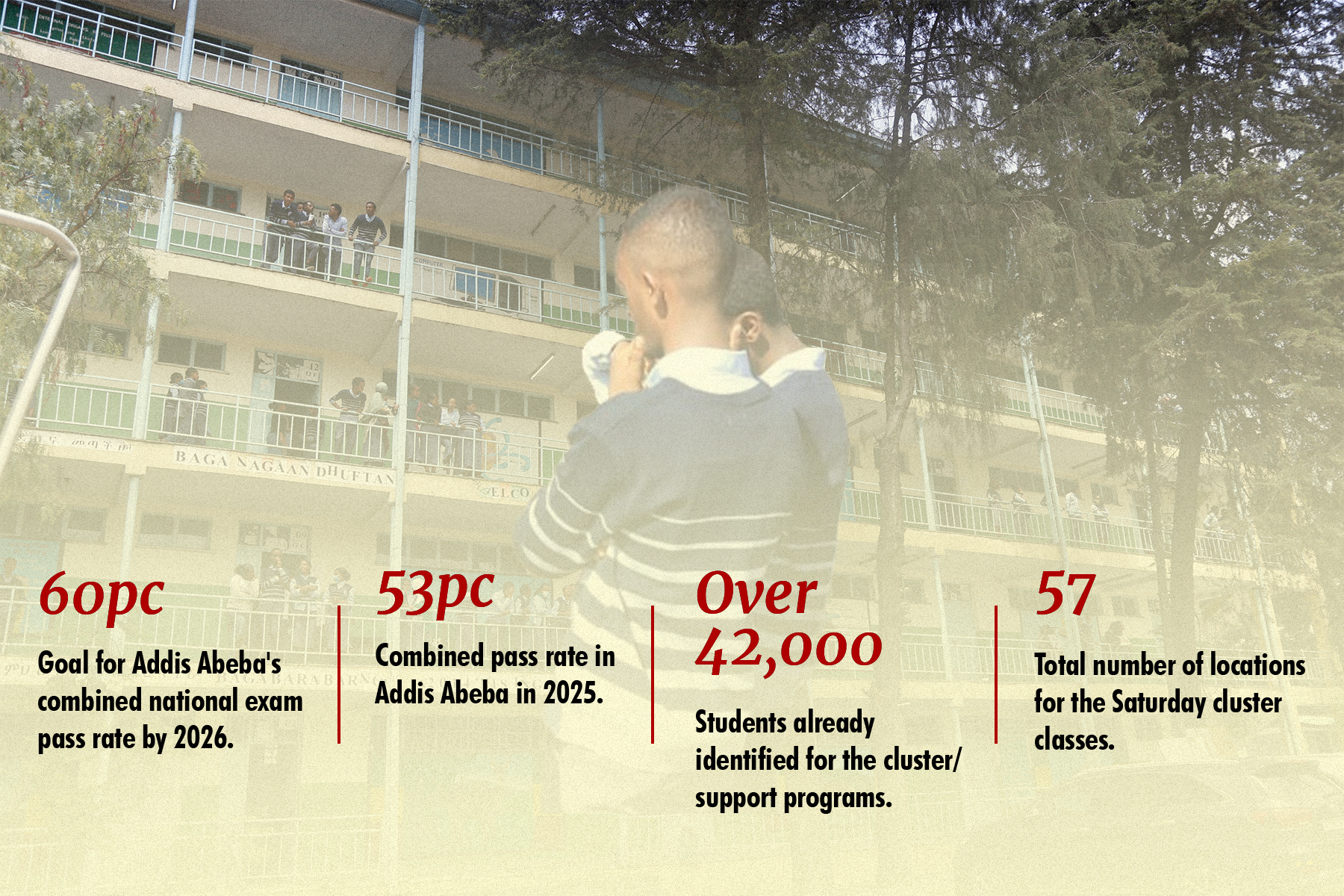
Covid-19 | Jun 13,2020
Feb 24 , 2024
By Tom Achoki
Corporations are increasingly moving into the public health domain. Companies like Amazon, Google, and Microsoft are being "pulled" by market opportunities for non-traditional actors to "disrupt" healthcare. Others are being "pushed" by the imperative – highlighted by events like the COVID-19 pandemic – to act as responsible community stakeholders, such as by helping to address health inequities.
When such pull and push forces intersect, important opportunities often exist to align economic and social objectives. But if strategic corporate philanthropy is to improve public health, those charged with making decisions and allocating resources must have a deep understanding of the health system. It includes the institutions, organisations, and resources that comprise it and the complex interactions among them.
According to a framework established by the World Health Organization (WHO), health systems have six pillars: service delivery; development and deployment of a health workforce; collection, analysis, and use of critical health information; provision of essential medical products, vaccines, and other health technologies; financing; and effective leadership and governance. To meet a population's health needs, all six must work harmoniously, in an elaborate process involving inputs, activities, outputs, outcomes, and impact.
Consider COVID-19 vaccination programs, which depended on inputs – including financial resources, workers, equipment, and the vaccines – that are partly output from activities like medical-product development and service delivery, with all the logistics, infrastructure, personnel training, and supervision this entails. Together, all these factors lead to an outcome – getting a large enough share of the population vaccinated – with the impact being a reduction in mortality and morbidity from COVID-19.
As the WHO also explains, an effective health system is fair and equitable, both in the distribution of health goods and services and in how they are financed. It also emphasises efficiency and cost-effectiveness, and responds to the legitimate non-health expectations of those seeking healthcare, such as respect and compassion. Ultimately, an effective system ensures that anyone needing a specific health good or service can access it and derive the relevant benefits.
This framework should guide corporations – and all stakeholders – as they engage in the public health domain. So should the principle that any direct investment in the health system must strengthen one or more of the framework's six pillars. A clear, data-based strategy for measuring health-system performance is crucial.
Only a comprehensive monitoring and evaluating plan – identifying not only what data need to be measured, but also how, when, and by whom – can ensure that decision-makers have the information they need to plan, organise, and implement effective public health programs. For example, it can help to ascertain high- and low-priority areas, as well as areas where services are being duplicated, thereby improving the allocation of scarce resources.
It can also show which public health interventions are making the biggest difference, and be used to track progress in health outcomes, potentially revealing gaps between population segments.
Organisations seeking to engage in public health can use such data – together with a broader understanding of the health-system framework – to identify where they are best suited to make a difference, based on their competitive or comparative advantages. The better they know the terrain they are entering, the easier it will be to pinpoint unmet needs and anticipate the likely impact of their actions (including possible unintended consequences).
Health actors need to engage effectively with other stakeholders, because public health programs often involve diverse groups with different priorities and objectives that must be harmonised to meet overarching health goals. For such engagement to work, however, trust and credibility are essential. An effective impact-measurement strategy can help here, too, by supporting transparency and accountability.
While basic principles of privacy and confidentiality must be respected, organisations should share the positive or negative results of any public health investment or intervention – including relevant datasets, where feasible – with other stakeholders. Beyond fostering confidence, letting others know what works and what does not would accelerate progress in improving health outcomes. Independent evaluations of programs would also help here.
This requires a set of key performance indicators to be established at different levels of the framework used to measure short-, medium-, and long-term changes resulting from any program. There is no need to reinvent the wheel. On the contrary, public institutions should be aligned with global standards, as established in existing policy documents, so stakeholders use the same language.
The final critical insight for companies entering the healthcare domain is that not only are health systems highly complex, but they also operate within an environment in which they must continually interact with various political, socioeconomic, and sociocultural forces—all of these forces – not just interactions within the health system – shape public-health outcomes. The better newcomers understand these interactions, the more likely they will be to have a positive impact on public health.
PUBLISHED ON
Feb 24,2024 [ VOL
24 , NO
1243]


Covid-19 | Jun 13,2020

Radar | Jun 01,2019

Fortune News | Aug 13,2022

Radar | Jun 08,2025

My Opinion | Apr 20,2024

Radar | Jun 07,2025

Commentaries | Nov 16,2019

Commentaries | Jun 07,2020

Viewpoints | Oct 26,2024

Radar | Jul 06,2025

Photo Gallery | 178379 Views | May 06,2019

Photo Gallery | 168579 Views | Apr 26,2019

Photo Gallery | 159373 Views | Oct 06,2021

My Opinion | 137069 Views | Aug 14,2021
Commentaries | Oct 25,2025

Dec 22 , 2024 . By TIZITA SHEWAFERAW
Charged with transforming colossal state-owned enterprises into modern and competitiv...

Aug 18 , 2024 . By AKSAH ITALO
Although predictable Yonas Zerihun's job in the ride-hailing service is not immune to...

Jul 28 , 2024 . By TIZITA SHEWAFERAW
Unhabitual, perhaps too many, Samuel Gebreyohannes, 38, used to occasionally enjoy a couple of beers at breakfast. However, he recently swit...

Jul 13 , 2024 . By AKSAH ITALO
Investors who rely on tractors, trucks, and field vehicles for commuting, transporting commodities, and f...

Oct 25 , 2025
The regulatory machinery is on overdrive. In only two years, no fewer than 35 new pro...

Oct 18 , 2025
The political establishment, notably the ruling party and its top brass, has become p...

Oct 11 , 2025
Ladislas Farago, a roving Associated Press (AP) correspondent, arrived in Ethiopia in...

Oct 4 , 2025
Eyob Tekalegn (PhD) had been in the Governor's chair for only weeks when, on Septembe...

Oct 25 , 2025 . By YITBAREK GETACHEW
Officials of the Addis Abeba's Education Bureau have embarked on an ambitious experim...

Oct 26 , 2025 . By YITBAREK GETACHEW
The federal government is making a landmark shift in its investment incentive regime...

Oct 29 , 2025 . By NAHOM AYELE
The National Bank of Ethiopia (NBE) is preparing to issue a directive that will funda...

Oct 26 , 2025 . By SURAFEL MULUGETA
A community of booksellers shadowing the Ethiopian National Theatre has been jolted b...